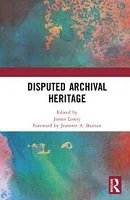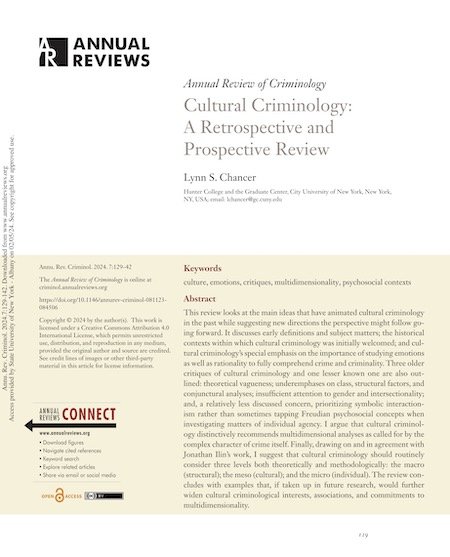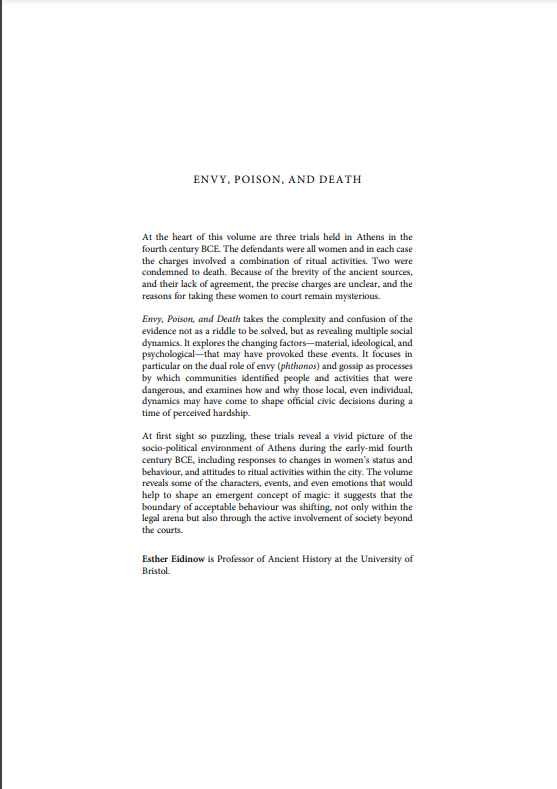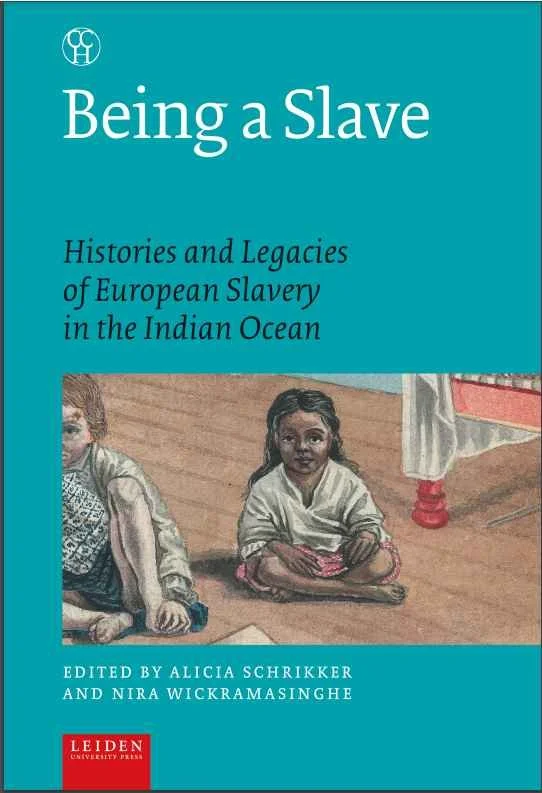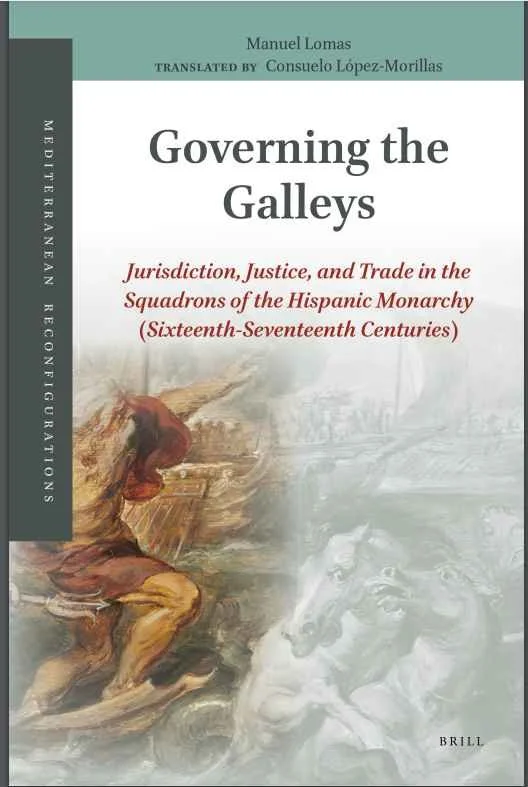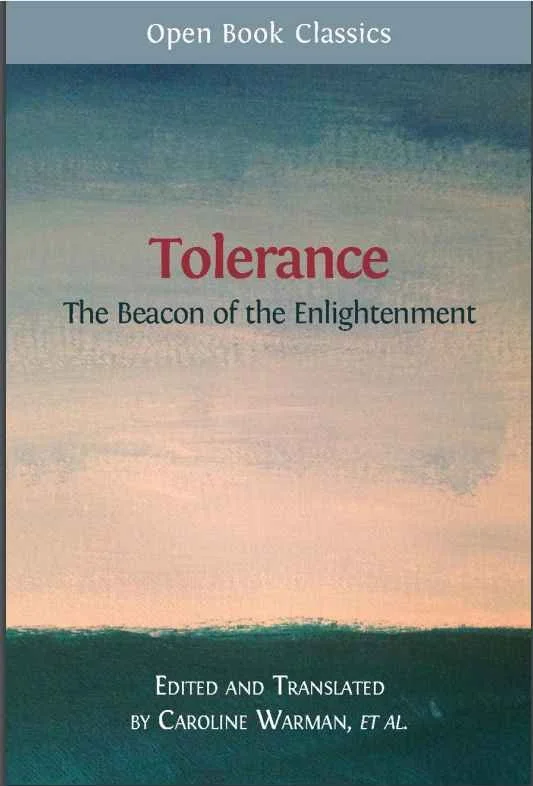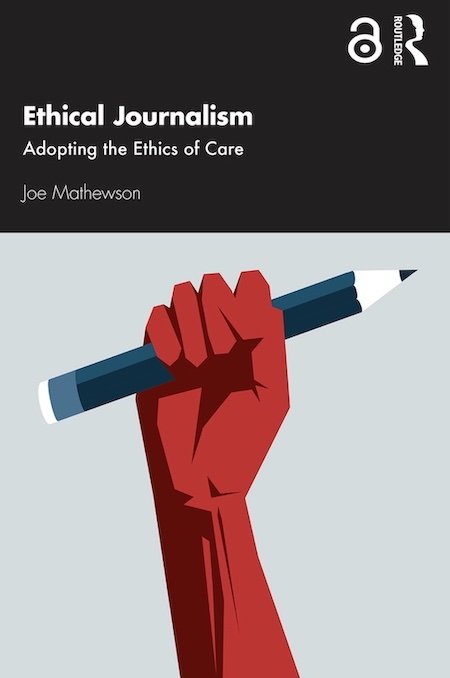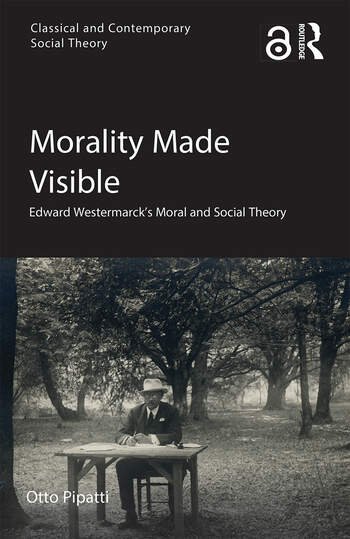By the Brookings-AEI Working Group on Criminal Justice Reform
U.S. criminal justice figures continue to make us numb, elected officials and citizens alike. Yes, we know the U.S. incarcerates more people per capita than any other country in the world. Yes, we know that when we rank the per capita rate of incarcerations, the U.S. is followed closely by countries like El Salvador and Turkmenistan. We know that our recidivism rates are too high, and that we police our racial/ethnic minority communities too much and too often with tragic results. We know our fellow citizens, mainly people of color, living in those communities continue to suffer from higher rates of crime and police violence. And, lastly, we know these conditions prevail even though U.S. crime rates have fallen to 50-year lows (even considering the recent COVID-era surge) making America about as safe as it was in the 1950s. It is almost as if over policing, prosecution, and imprisonment are habits that the United States just cannot break.
For two decades now, there has been a bipartisan effort to tackle these systemic problems. Action by President George W. Bush in the mid-2000s to foster improved reentry pathways for men and women returning from prison opened the door to the passage of the bipartisan Second Chance Act and hundreds of millions of dollars in investment in programs designed to reform numerous aspects of the criminal justice system including mandatory minimum sentences and felony hiring initiatives. President Barack Obama expanded and accelerated these initiatives adding his own programs including Banning the Box, presidential commissions on 21st century policing and mass incarceration, as well as pilot programs to reinstitute access to Pell Grants for prisoners. Just last year, President Trump signed the First Step Act beginning the process of reforming sentencing practices and providing funding for training and vocational education for incarcerated people to be more prepared for the labor market after prison. And now President Joe Biden has promised to accelerate criminal justice policy with an eye toward reforming the Violent Crime Control and Law Enforcement Act of 1994, of which he was a principle author, to reduce crime and incarceration. By slow and steady steps, we are moving away from “tough on crime” policies that created the world’s largest prison population and one of its costliest and, from the perspective of rehabilitation and recidivism, most ineffective criminal justice systems. George Floyd’s death at the hands of police last spring and the frequent, though less-noticed, events like it in other American cities, towns, and rural areas, has added new urgency and momentum to the drive to reform our criminal justice system. Unfortunately, the debate has too often collapsed into an unhelpful binary: “support the blue” or “abolish the police.” Either of these poles would tend to have a negative impact on the very communities who have suffered disproportionately under our current criminal justice and law enforcement policies. Excessive policing and use of force, on one hand, and less public safety and social service resources on the other, can both be detrimental to communities that are exposed to high levels of criminal activity and violence. We must find a path of genuine reform, even transformation, that fosters safer, more peaceful, and more resilient communities.
This volume is a “down payment” on the policy debate America needs right now to continue moving toward a criminal justice system—police, courts, prison, reentry, community supervision—that is focused on the safety, health, and well-being of communities rather than on maintaining a harsh, semi-militarized revolving door system from which, for too many, there is often no escape. The essays in this volume are intended to provide policymakers in Congress and the Biden Administration with research-grounded guidance and insight on core issues and strategies that can sustain bipartisan support for critically needed criminal justice reforms. Our authors come from a broad spectrum of domains and policy perspectives. In fact, most chapters paired scholars, practitioners, and thought leaders from different disciplines and political ideologies. In this regard, each of their chapters concisely summarize the state of research on a given topic and offer bipartisan recommendations for short-, medium- and long-term reforms that will move each of the key sectors of the criminal justice system toward a more humane and effective footing.
Washington, DC: Brookings Institution, 2021. 95p.




